DESIGN MODELS FOR INCREASING THE RECREATIONAL QUALITY OF ABANDONED OPEN PUBLIC SPACES
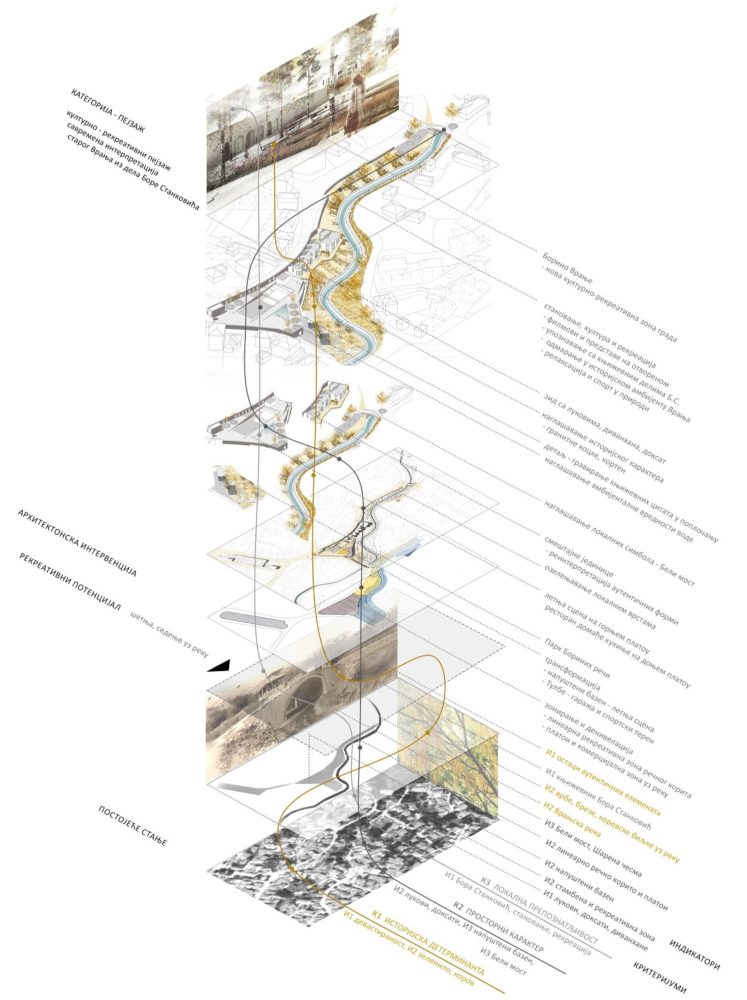
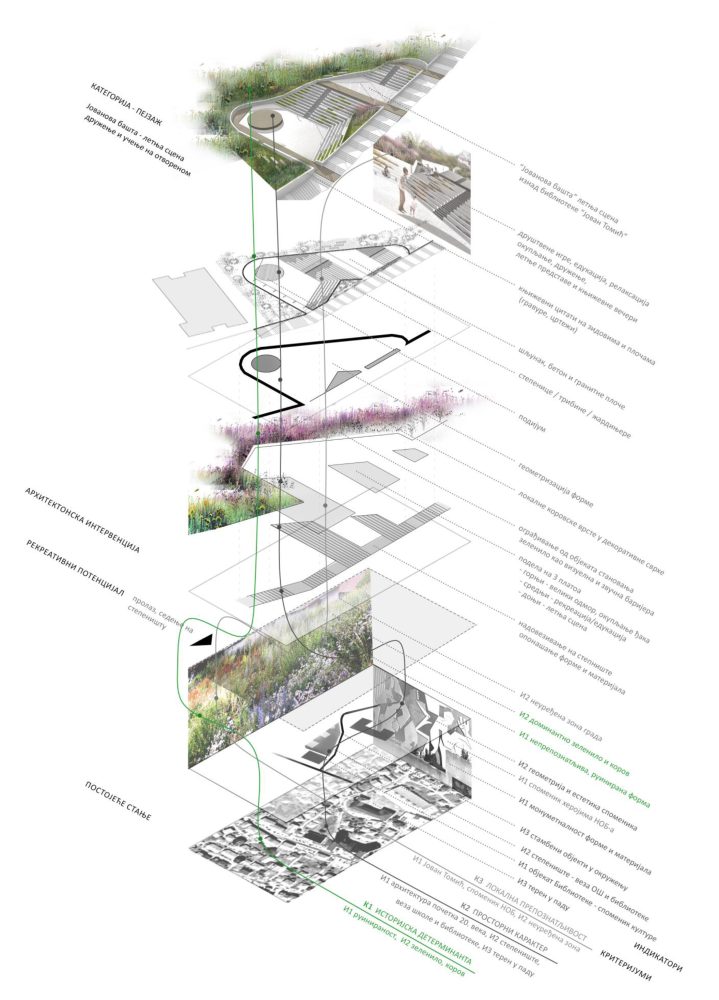


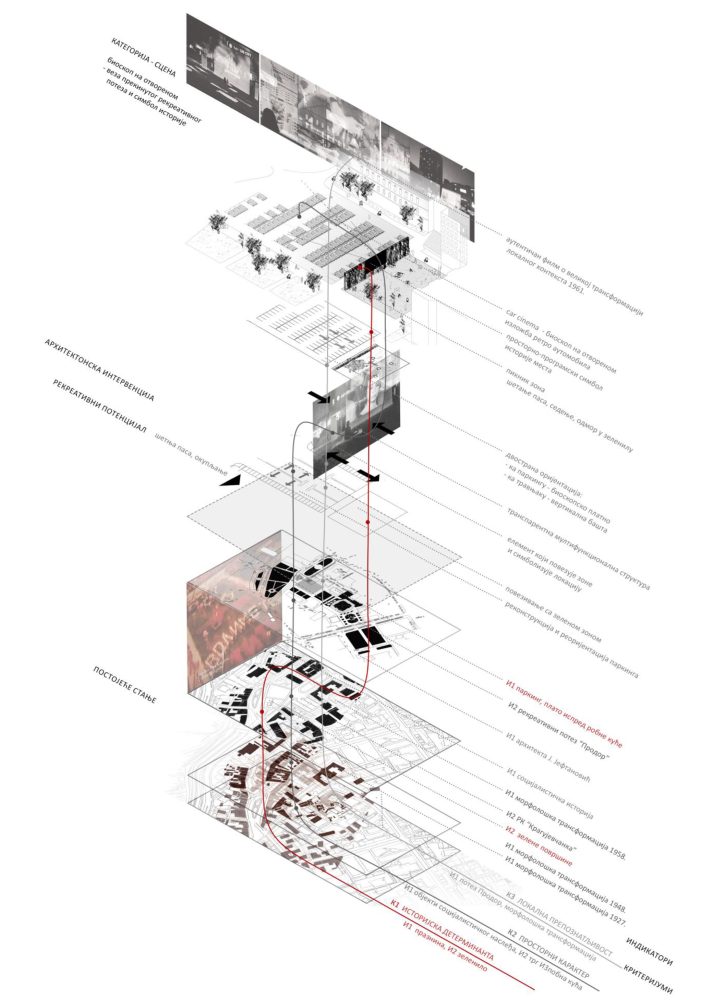
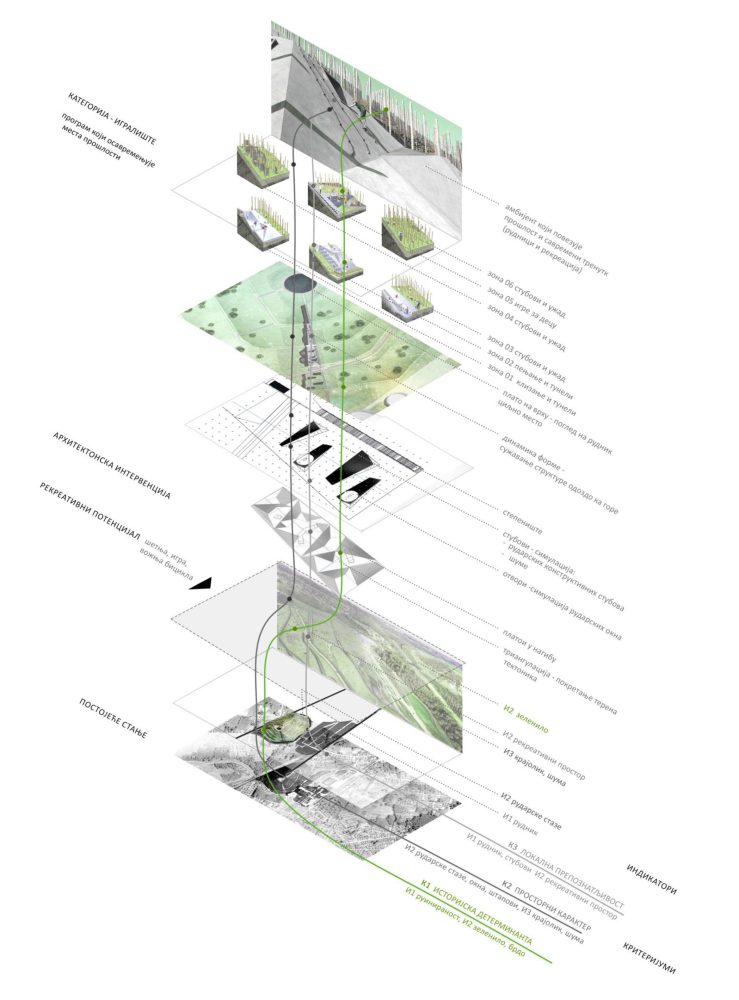

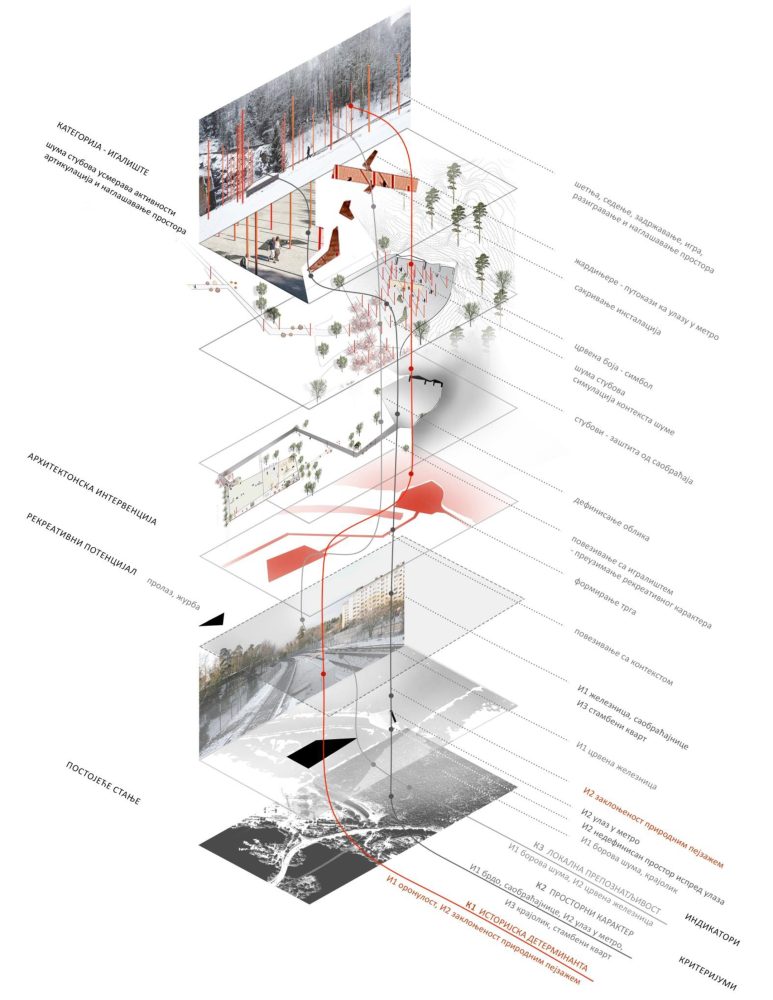
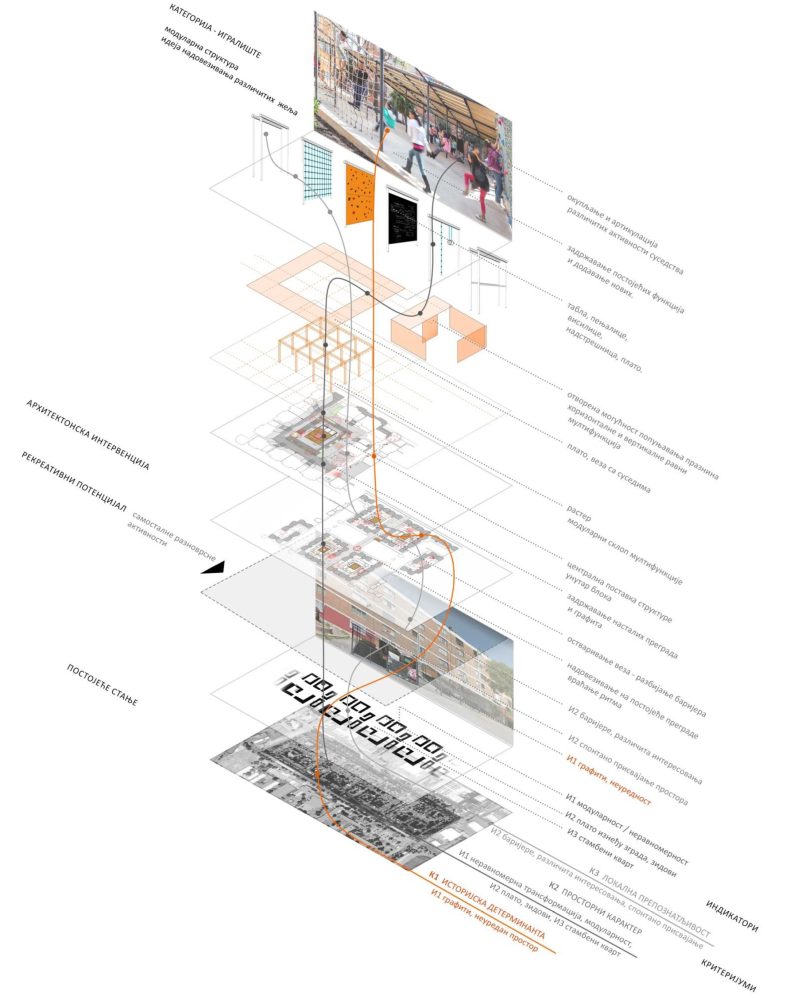

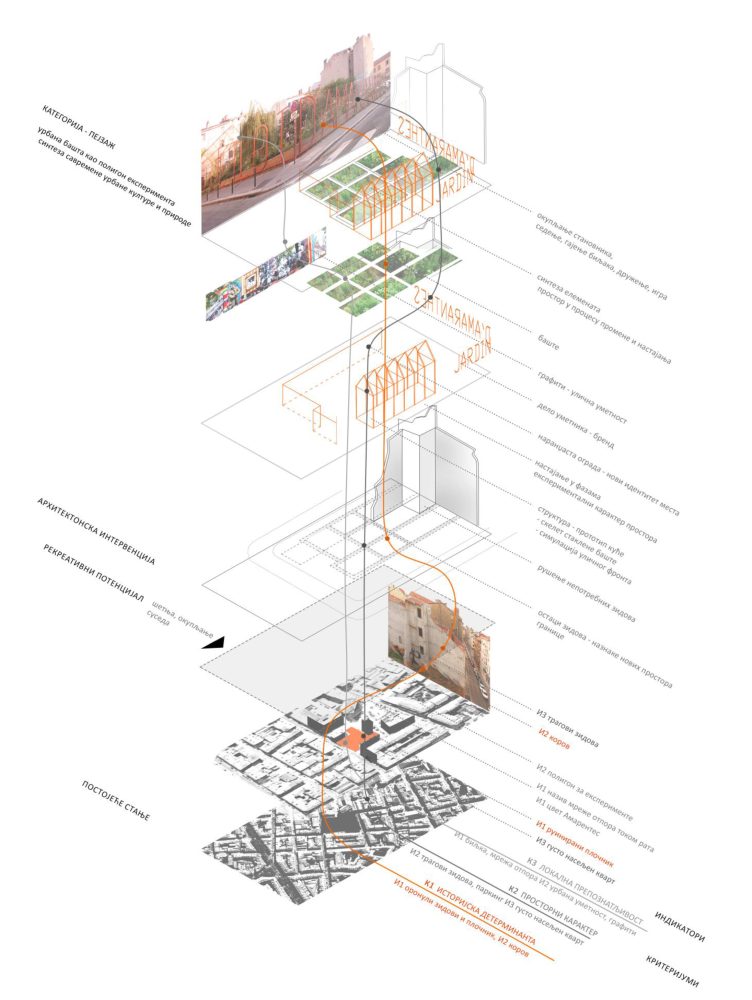

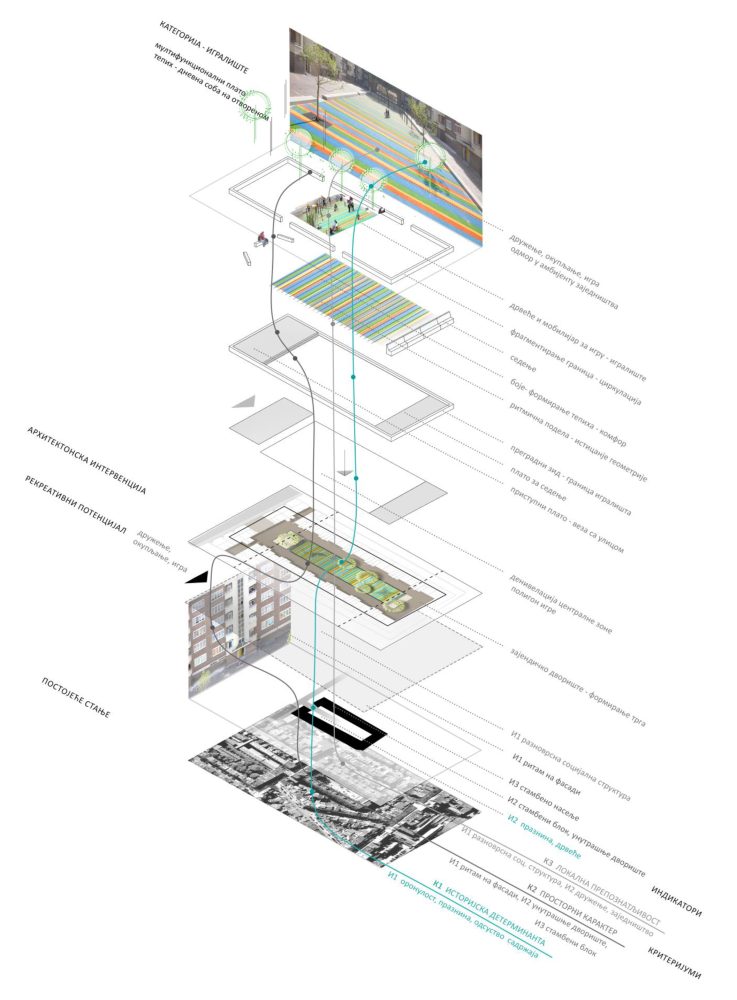
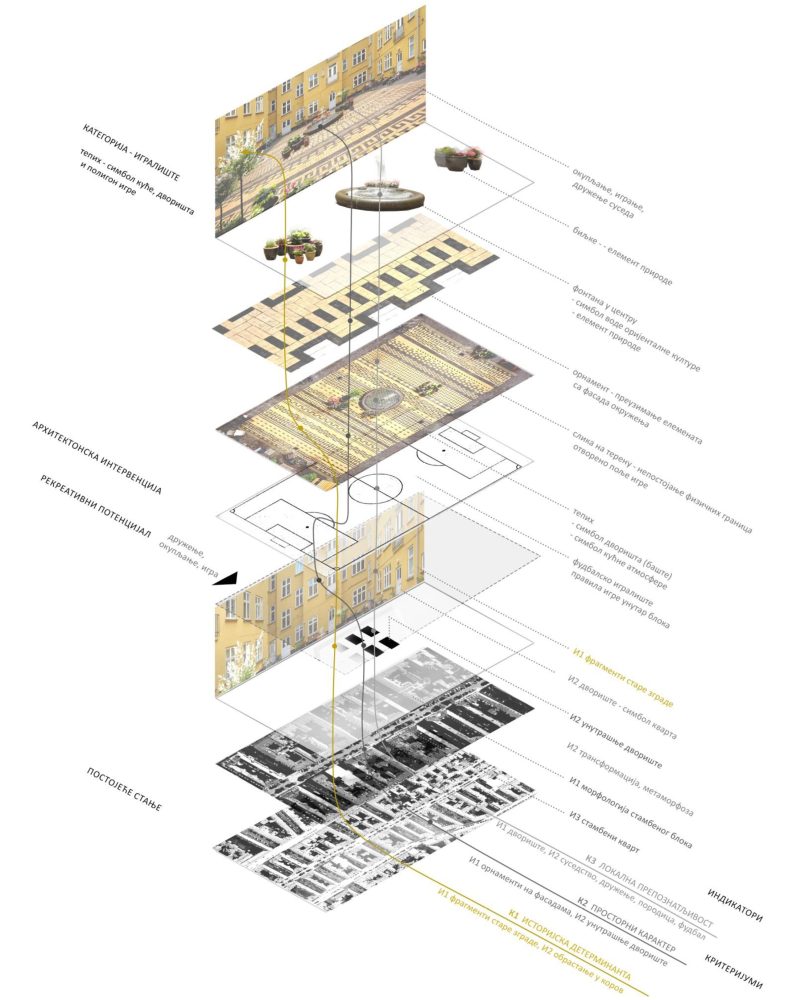

The research is positioned in the field of architectural design aiming to form scientifically based design models that would contribute to the increasing of the recreational quality of abandoned open public spaces. This idea is based on the assumptions that it is possible to establish a relationship between the recreational quality of abandoned open public space and architectural intervention and that experiential potentials of abandoned spaces are vital values to increase their recreational quality.
A review of theoretical advancements in the field of architecture and associated disciplines resulted in the identification of three groups of specific features of abandoned spaces – historical determinant, spatial character, and local authenticity. In the contemporary environment, these characteristics are considered to be experiential potentials. Furthermore, the research recognizes the notion of recreational quality as a critical factor for assessing the role of architecture in the integration of abandoned public spaces into everyday city life. Multiple analysis of good practice examples determines the role of architectural intervention in creating recreational situations by disassembling the design process into steps and decisions. By systematizing the analysis results, research recognizes specific groups of architectural interventions concerning the experiential potentials of abandoned spaces. In this way, a model is created, as a set of guidelines in design, based on the abandoned spaces’ experiential potentials as carriers of authentic architectural concepts.
On the one hand, the work contributes to the upgrading of knowledge in the theory of architectural design by defining the model of spatial-program constellations to increase the recreational quality. On the other hand, the practical contribution refers to the improvement of the methodology of the design process and the expansion of the domain of design activities within open public spaces, and the transformation of abandoned spaces as well.
Key words: recreational quality, open public spaces, abandoned spaces, design model, design process